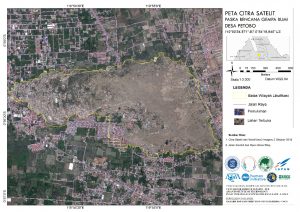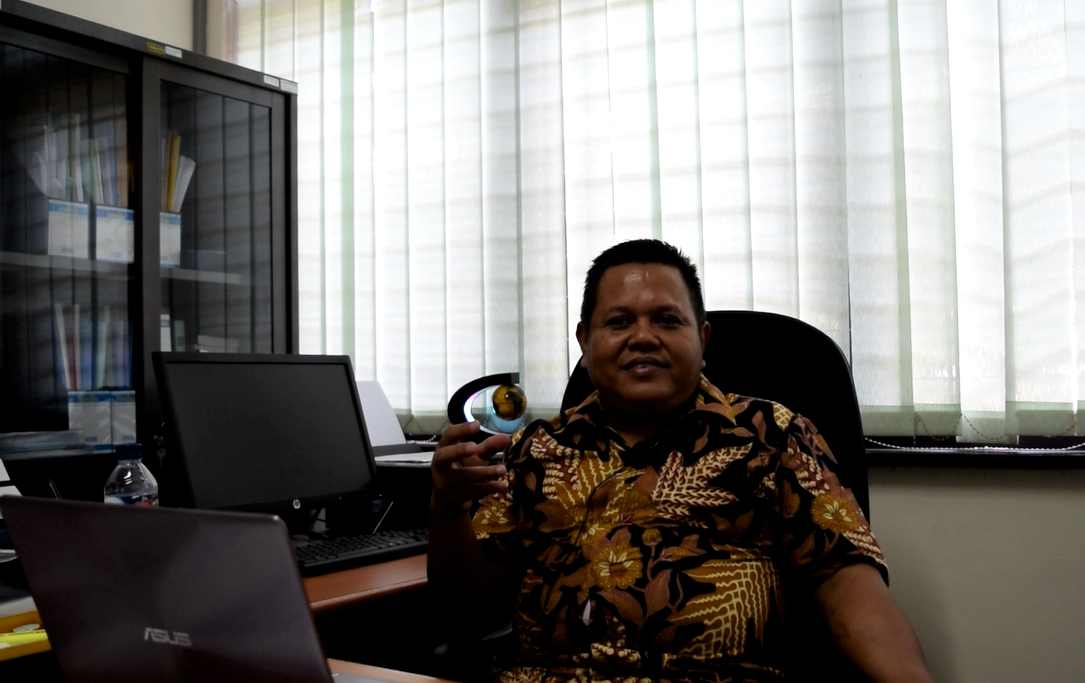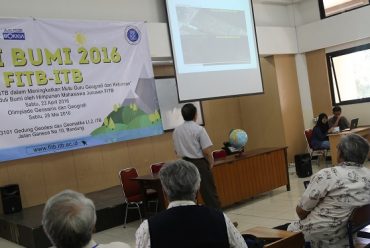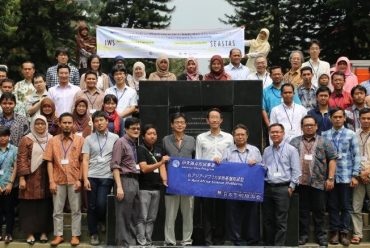Why the Liquefaction Occurs in Palu According to ITB Geologists

fitb.itb.ac.id; October 5, 2018. Quoted from the https://www.itb.ac.id/
The earthquake disaster that rocked Palu and Donggala in Central Sulawesi also caused a phenomenon of liquefaction or many who called ‘the land moving’ itself. There were recorded thousands of houses affected by liquefaction with an area of hundreds of hectares.
Geologist, Dr. Eng. Imam Achmad Sadisun from the Applied Geology Expertise Group, ITB’s Faculty of Earth Sciences and Technology explained that the phenomenon of liquefaction can simply be interpreted as a change in solid material, in this case in the form of sediment deposits or sedimentary soil, which due to earthquake events, the material seemed to change its character like liquid.
Actually, said Dr. Priest, liquefaction can only occur in saturated soil. The water is present between the pores of the soil and forms what is often known as pore water pressure. In this case, potentially liquefied soils are generally composed of material dominated by sand size.
“Because of earthquakes that generally produce shock forces that are very strong and sudden, the pore water pressure rises instantly, sometimes exceeding the friction strength of the soil. That process is what causes liquefaction to form and the soil-forming sand material as if floating between water, “he said.
He further explained, if the position of this land is in a slope, the land can “move” towards the bottom of the slope gravitationally, as if it could “walk” by itself. So that the objects above it, such as houses, electricity poles, trees, etc. are carried along.

Photographs of Palu area affected by liquefaction were processed by Lapan, Center for Remote Sensing ITB and AIT
“More specifically, this event is referred to as flow liquefaction.
The effect of liquefaction is also sometimes different if the soil’s frictional strength has not been exceeded, the pore water pressure that rises is strong enough, only causing cracks in the soil. And from the cracks there will be water that carries sand material, “he said.
An example of this incident said Dr. Priest, often found in the Lombok earthquake. Often there are water holes on the surface carrying sand, or a well suddenly filled with sand. It’s all actually due to liquefaction, which is known as a cyclic mobility product.
He explained, the potential for liquidation in a place can be identified, even calculated. Simply put, from the type of soil which is generally in the form of sand, up to a quantitative analytical approach, by calculating the liquefaction potential index. In general liquefaction occurs in areas prone to earthquakes, shallow groundwater levels and the soil is not well consolidated.
“Indeed, it is sometimes rather difficult (knowing liquefaction), but in the simplest level, if our building sits on loose sand soil material, with relatively shallow ground water levels, and in high-seismic potential areas,” he said.
He said, liquefaction generally occurs in earthquakes above 5 SR with the depth of the source of the earthquake included in the shallow category. The liquefied material is generally at a depth of about 20 meters, although sometimes it can be more, depending on the spread of the soil. Liquidation only occurs below the local groundwater level, does not occur above the ground water level.
“Technically, the potential for liquefaction can be reduced, namely by making the soil material become more dense or hard by way of mixing with cement (soil mixing), cement injection (grouting), by making deep foundations to hard soil, and many others, but the problem is from high costs, for ordinary houses like that is difficult but for high buildings it must be, “he concluded.








No Comments